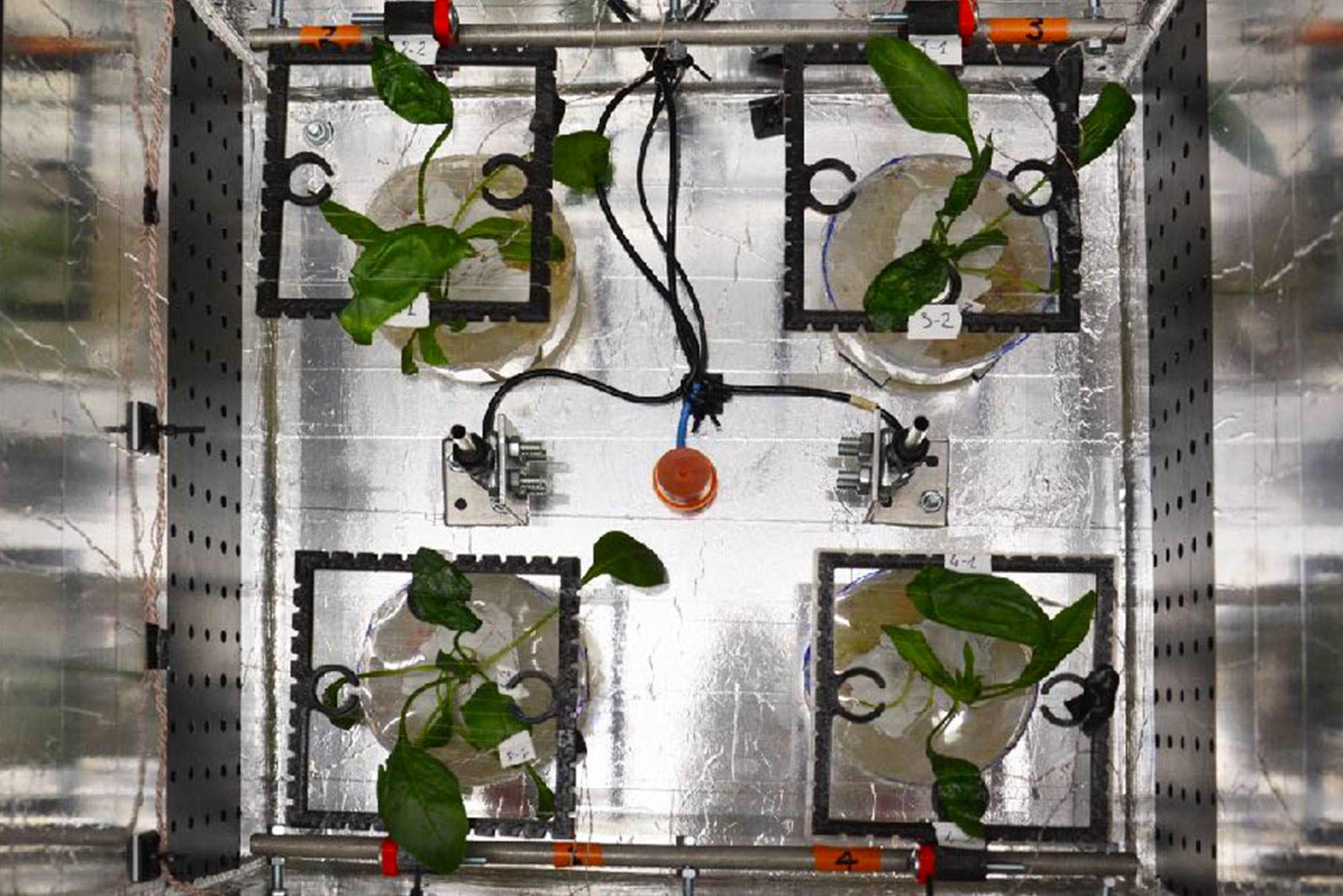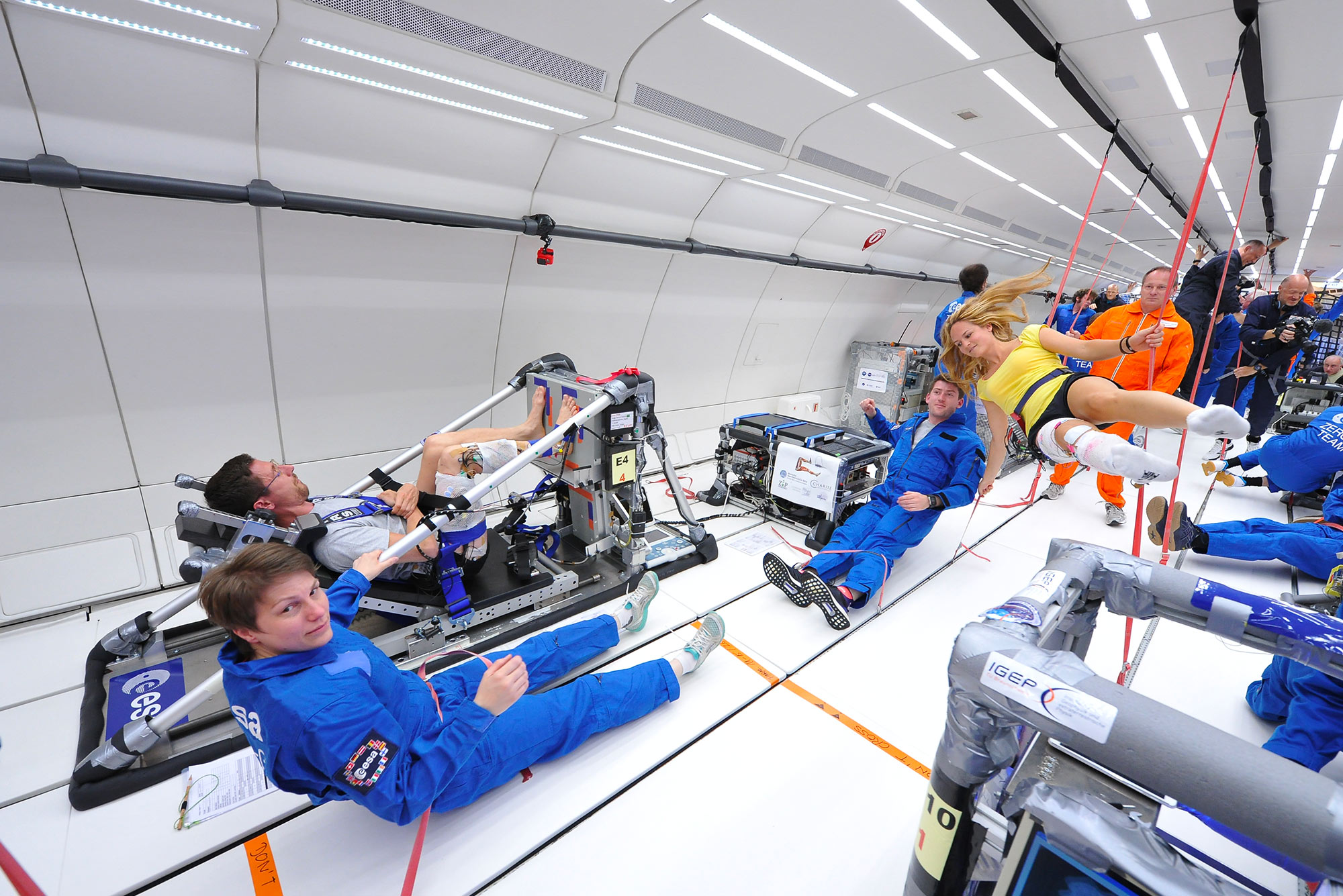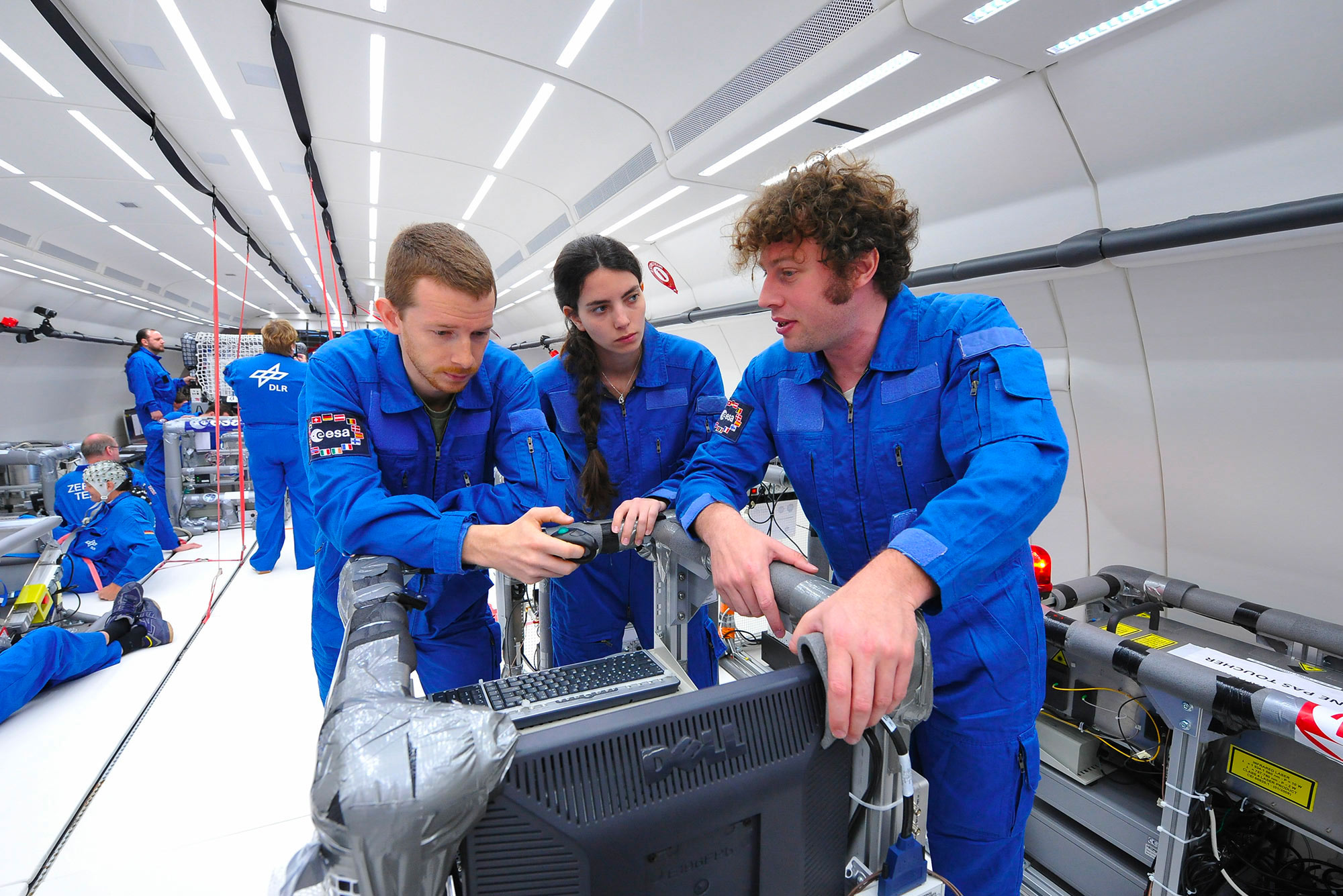Why conduct experiments in zero gravity?
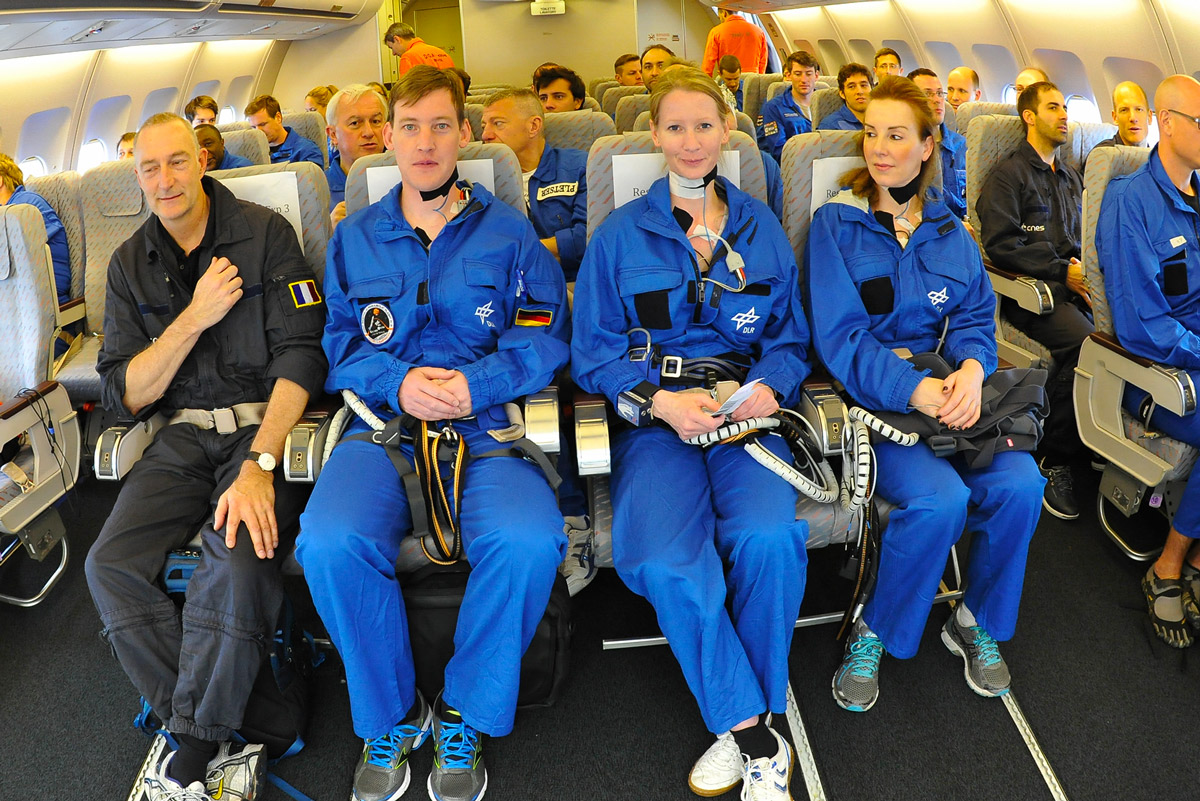
On Earth, gravity influences multiple physical, biological and chemical phenomena and masks others, hindering the solving of certain scientific questions as a result. The effects of gravity tend to make experiments or the analysis of results difficult and sometimes impossible to perform. Scientists use microgravity experiments to determine the actual impact of gravity on various phenomena and adjust their theoretical models accordingly.
In applied physics, zero gravity is an original environment in the search for innovative solutions to improve industrial processes.
Finally, before they are launched into space, it is invaluable to be able to test and qualify equipment or devices intended to operate in zero gravity (in the space station or on board satellites).
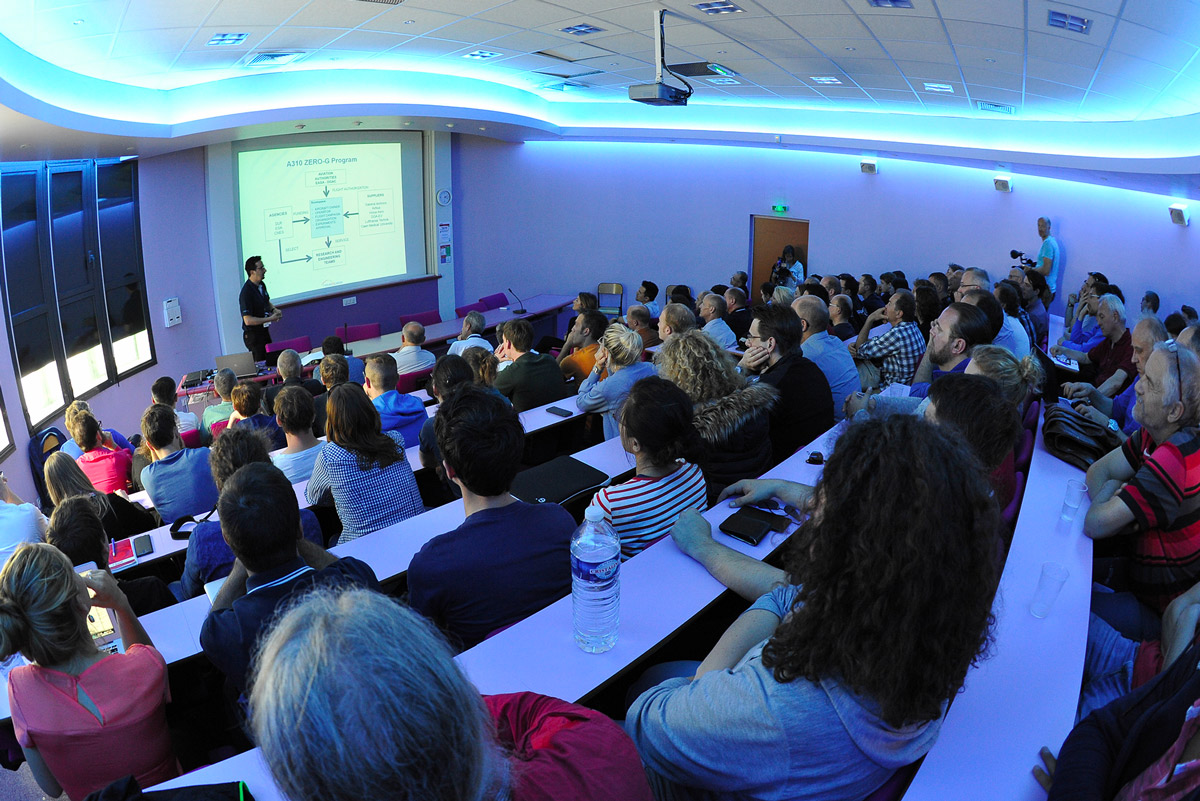
Experiment stages, from selection to flight
Step 1: selection
The selection stage for a scientific experiment begins with calls to tender for parabolic flights, which are carried out each year by space agencies for research laboratories. Each experiment selected for its scientific relevance is scheduled for a specific campaign. You do not have to be selected by a space agency. Any research or industrial institute can contact Novespace directly to find out about flight opportunities.
Step 2: development
About six months before the flights are due to take place, Novespace engineers contact the laboratories to oversee the various experiment development stages.
The initial design stage is completed in compliance with technical requirements concerning, for example, mass, center of gravity, attachment system, resistance to acceleration and vibration, electrical equipment, hazardous materials, and so on.
This stage ends approximately 11 weeks before the flight with the submission of the Experiment Form detailing the characteristics of the experiment such as its systems, their operation, products used, electrical system, procedures, overall external dimensions, mechanical resistance and the like.
Step 3: construction
Then comes the construction phase when the experiment is assembled in line with technical requirements.
Step 4: tests and validation
Then comes experiment testing and validation stage, when the investigators test it is functioning correctly, and validate its safety and compliance with the experiment form.
Finally, the experiment is sent to Novespace in the week preceding the flights to undergo a series of checks before being authorized for boarding.
Step 5: flight preparation
Once inside the aircraft, the experiment is tested to ensure that it has not been damaged during transportation. This is the flight preparation stage.
Prior to each of flight campaign, the experiments are inspected by engineers in the morning, and a debriefing is made after landing. Investigators may adjust their experiments in the afternoon. At the end of the campaign, the experiments are removed from the aircraft and transported by the laboratory of origin.
See also scientific flight campaigns
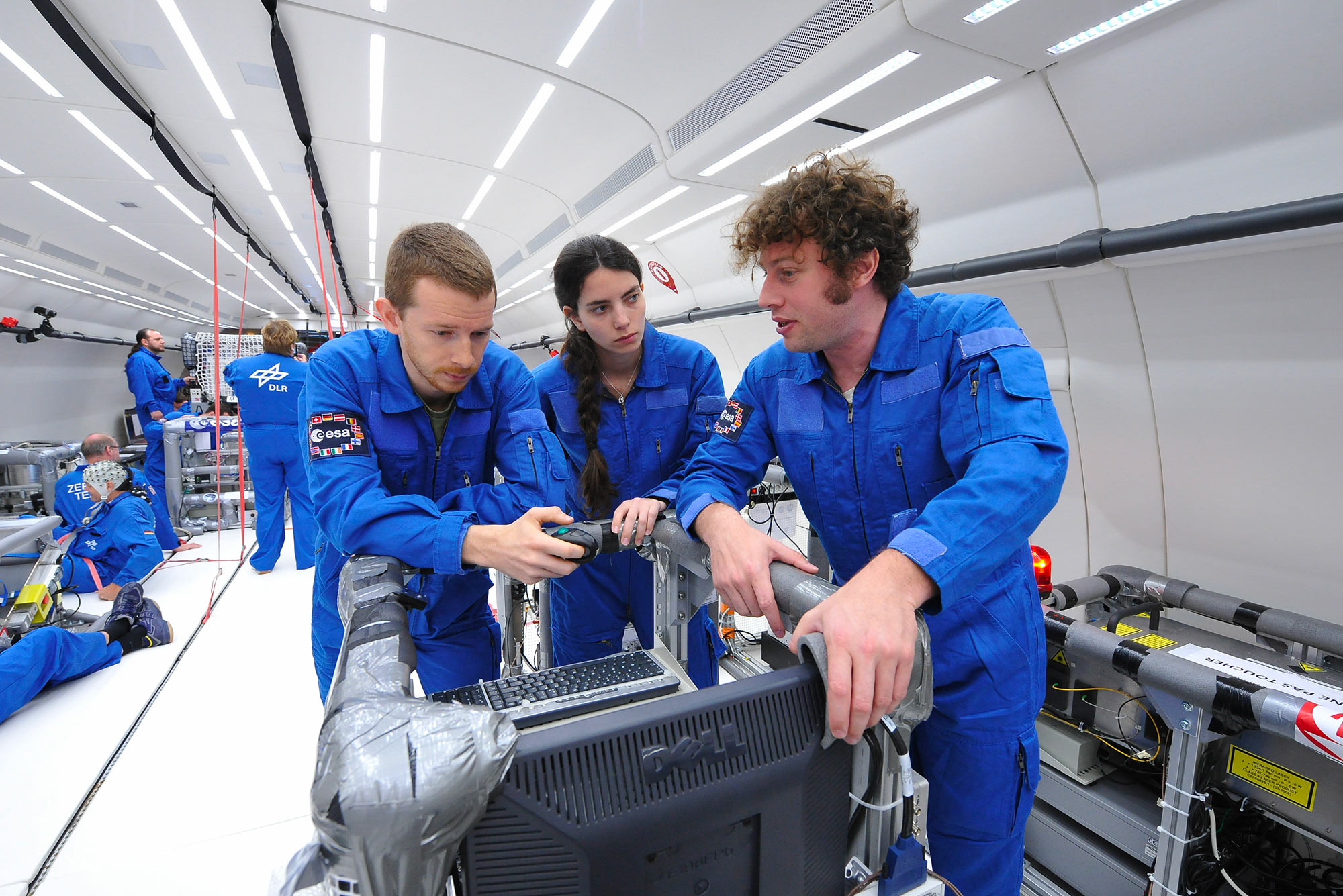
High safety standards for experiments
Investigators are responsible for analyzing their experiment to identify any risks involved, classify them according to the level of seriousness and manage them by implementing safety barriers.
They must also demonstrate that their experiment and procedures comply with Novespace’s design requirements. This work must be documented and carried out with the support of a Novespace engineer.
A high level of safety, such as that applied to parabolic flights, requires a special effort on the part of the investigators, who must make every effort to present their experiment and its risks in a very detailed manner, comply with all the rules and put in place any safety procedures required. Please note that an experiment may only be conducted if the relevant Novespace services are satisfied that the flight can be safely carried out.
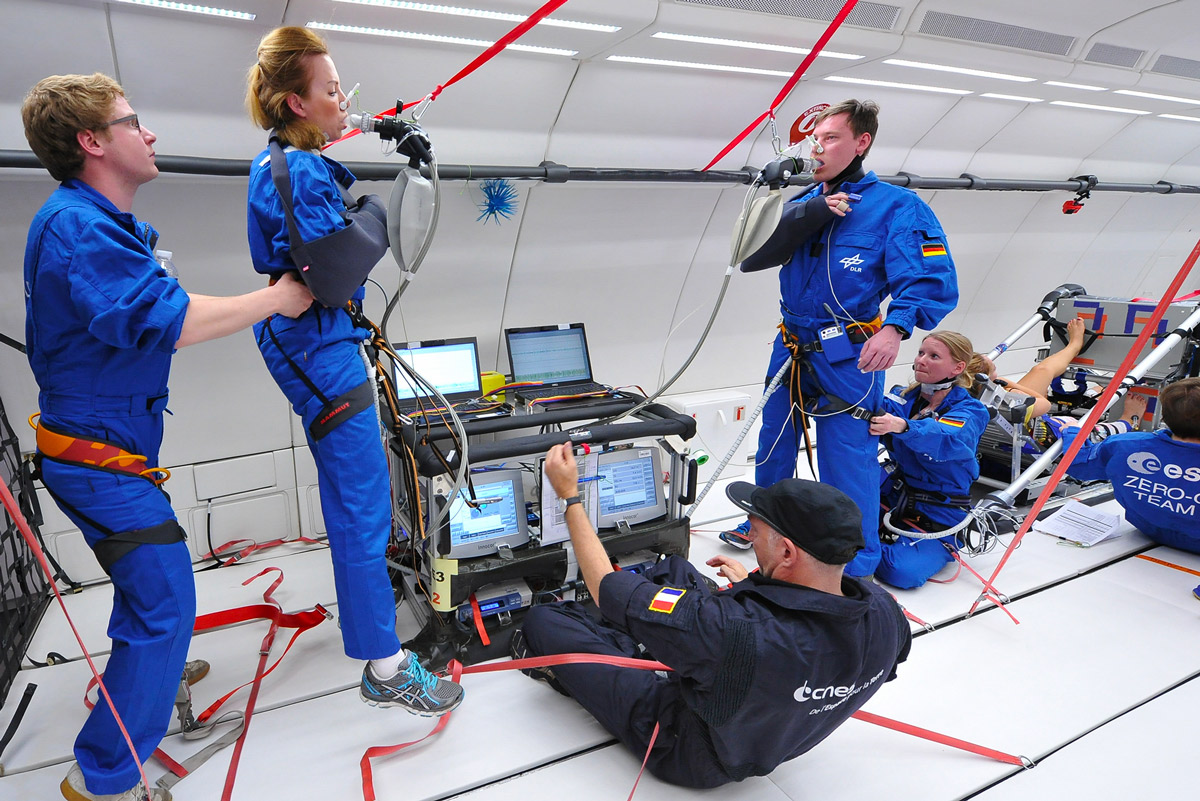
Examples of research conducted in zero gravity
Fundamental physics
- Plasma physics
- Aggregation phenomena
- Aerosol behavior
- Gas-dust interactions
Materials science
- Study of fusion phenomena
- Microstructure stability
- Capillary action of granular media
Combustion physics
- Aerosol combustion
- Soot combustion
- Spread of fire
- Droplet combustion
- Fuel evaporation
Fluid physics
- Diffusion, boiling, dynamics and stability
- Viscosity, interface phenomena, emulsions
- Heat transfer, evaporation
- Bubble and droplet dynamics
Physiology
- Cardiovascular function
- Study of fluidshift
- Respiratory function
- Muscular performance
- Posture and locomotion
- Skeletal system
- Vestibular function
- Spatial orientation
- Cognitive performance
- Study of fine motor skills
- Travel sickness
Biology Plant physiology
- Statolith displacement
- Gravitropism and gravitoreceptor studies
Cell and developmental biology
- Animal physiology
- Ageing process
- Skeletal cells studies
- Electrophysiological and morphological properties of human cells
Technology
- Validation of space station experiments
- Testing of biological analysis space equipment
- Water purification systems
- Heat dissipation systems
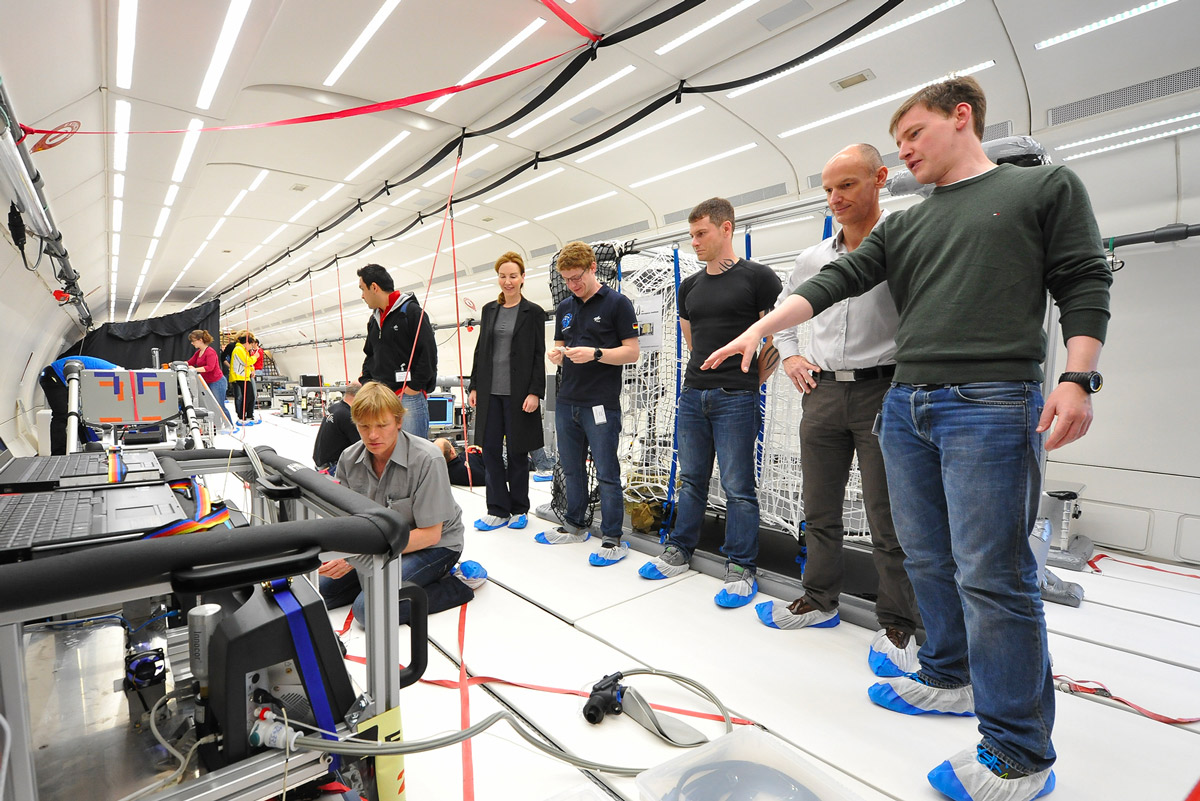
A wide range of instruments and equipment for in-flight use
Subject to technical and safety requirements, researchers may use a wide range of scientific instruments and equipment for their experiments, some examples of which are given below.
Experiment media
- Containment system
- Ovens
- Combustion chambers
- Centrifuges
- Incubators
- Pressurized system
- Vacuum pump
Measuring apparatus
- Rheometers
- Lasers
- Thermocouple
- Pressure sensors
- Rate meters
- Pyrometers
Optical instruments
- Microscopes
- Cameras
- Spectrometers
- Lasers
Medical equipment
- Sonograph
- Doppler
- Electrocardiograph
- Electromyogram
- Plethysmograph
- Monitors
Ancillaries
- Experiment racks
- Electric enclosures
- Compressed gas cylinders
- 4 gas extraction ports
Unrivalled experiment volume
Some particularly bulky equipment can be used on parabolic flights, such as conveyor belts or ergometers. The usual number of onboard experiments (10-15) is not mandatory, and may be reduced for large-volume experiments. The aircraft has already been used for a single experiment (satellite antenna deployment for the NASDA space agency, now JAXA). This broad volume capacity offers researchers unparalleled opportunities.
